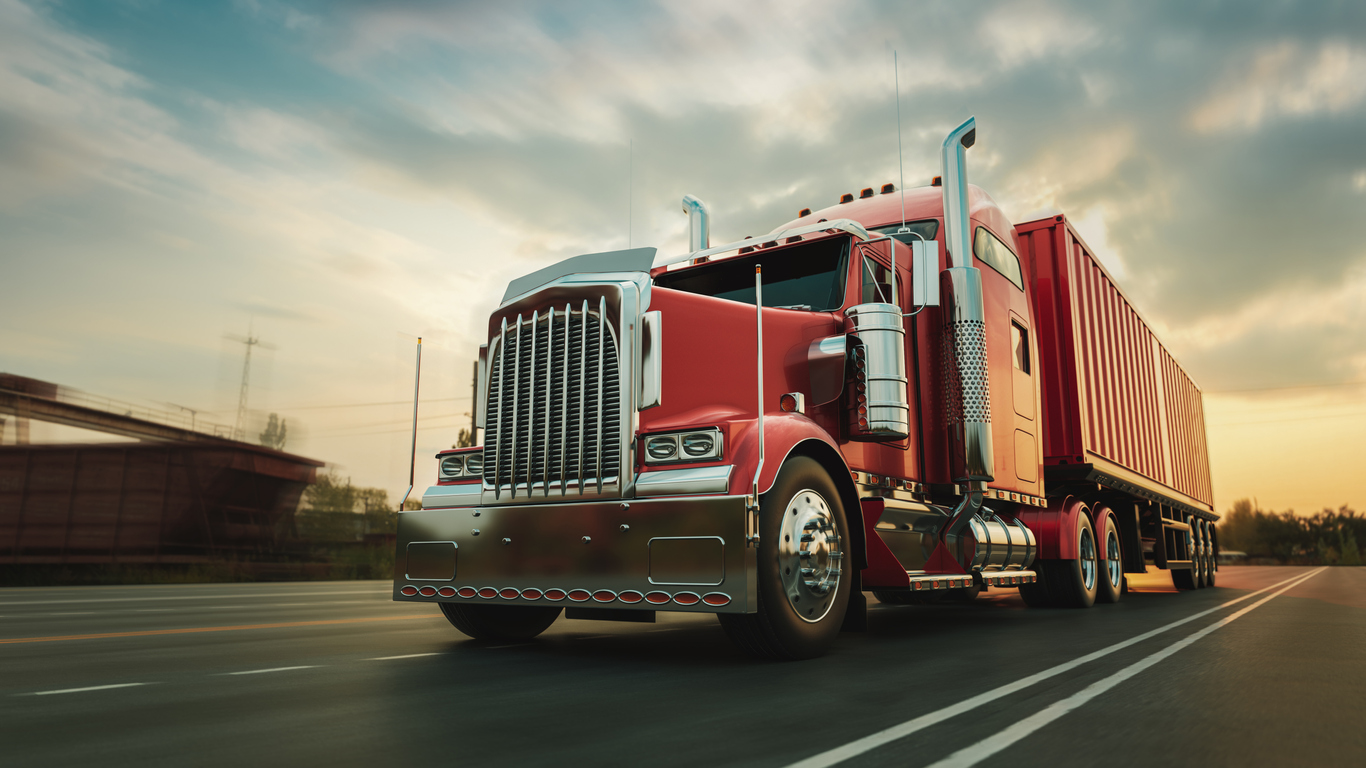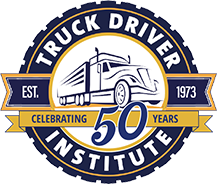A Quick Guide to Truck Classification for New Drivers
Truck classification is an integral part of the truck driving industry, and if you’re looking to start your career as a driver, you’ll need to know the basics on how trucks are classified. To a layman, all trucks look more or less the same, but if you’re going to be doing the driving you need to know the ins and outs of truck classification to ensure you have all of the correct licensing.
In the United States, truck classification is based on gross vehicle weight rating. This indicates the maximum truck weight, plus the amount of weight it’s able to carry when fully loaded. This includes everything from the truck’s own weight, to the weight of the passengers inside. These truck classifications are important because different classifications require different licenses and have different limitations when it comes to the area of travel. Truck classifications range from 1 to 8, with a 9th category for any trucks that won’t fit into the first 8 categories.

Truck Classification: Classes 1-8
“Light Duty”
The first category is Class 1, which includes “light duty” trucks, as well as some SUVs and minivans. Vehicles in this category have a weight range of 0-6,000 pounds, and include vehicles such as the Chevrolet Colorado, the Ford Ranger, the Nissan Frontier, and the Toyota Tacoma. These are typically non-commercial vehicles.
Class 2a is also listed as “light duty” trucks. The weight limit of these vehicles ranges from 6,001-8,500 pounds. Some examples of these trucks include the Chevrolet Silverado 1500, the Ford F-150, the Nissan Titan, and the Toyota Tundra.
Similarly to Class 2a, Class 2b, is listed as “light/medium duty” trucks. These vehicles have a weight range of 8,501-10,000 pounds, and include vehicles such as the Chevrolet Silverado 2500, the Ford F-250, and the Nissan Titan XD.
“Medium Duty”
When we reach Class 3, we begin to move into “medium duty” trucks. This is the last category that covers primarily non-commercial vehicles. These trucks fall into the weight range of 10,001-14,000 pounds. A few examples of these Class 3 trucks are the Chevrolet Silverado 3500, the Ford F-350, and the Isuzu NPR.
Also classified as “medium duty” trucks, Class 4 begins to include vehicles that are made and used for commercial purposes. The gross vehicle weight rating for this class is 14,001-16,000 pounds. Here you will find vehicles like the Ford E-450 passenger van, the Chevrolet Silverado 4500HD, and most box trucks. Some city delivery trucks also qualify for this truck classification.
Class 5 trucks are categorized as “medium-duty” trucks as well, and have a gross vehicle weight rating of 16,001-19,500 pounds. There are still some vehicles in this category that toe the line between commercial and non-commercial, such as the Ford F-550 pickup truck, but it’s in this category that more commercial trucks emerge. Larger walk-ins and delivery trucks fall into this category, along with bucket trucks and cherry pickers.
The final “medium-duty” truck category is Class 6, which has a weight range between 19,501-26,000 pounds. This category is the one for single-axle trucks, beverage trucks, rack trucks, and school buses. Additionally, this category is where the need for a commercial driver’s license begins. It depends on the individual vehicle weight, but generally if you’re towing anything behind a Class 6 truck, you will need a CDL.
“Heavy Duty”
Class 7 is the first truck classification that qualifies as a “heavy-duty” truck. These trucks generally have three axles or more, and includes a weight range of 26,001-33,000 pounds. This includes vehicles such as street sweepers, garbage trucks, and city transit buses. Some furniture trucks and smaller semi trucks can also fall into this category. Any vehicle that falls into this category requires a commercial driver’s license to legally operate.
As the final official category, class 8 trucks are almost any truck that weighs above 33,001 pounds. While still technically “heavy-duty”, the vehicles in this class are more than that, and are sometimes even referred to as “severe duty”. This truck classification applies to cement trucks, dump trucks, and the big rig semi trucks like Freightliners and Peterbilts. Within this category, you’ll need at least a Class-B CDL if you want to safely and legally operate these trucks.
Trucks that Defy Classification
In certain cases, based on weight distribution, 18-wheelers may not be able to safely travel interstate highways. The maximum weight is calculated using the Federal Bridge Gross Weight Formula. Certain states allow exceptions to the maximums determined using this formula, which is where you begin to see “oversized loads”. These special circumstances require special permits and must travel along specially designated routes. Of course, these trucks also require the driver to hold a CDL in order to operate.
Why Truck Classification Matters
As you can see, there are several different types of truck classification, and each one requires specific knowledge and skills to properly operate. A commercial driver’s license is the perfect place to start if you’re looking to gain these skills and start earning money while using them. There are three different types of CDL licenses, with the Class-A CDL being the most versatile. The Class-A CDL allows you to operate vehicles with a gross combination weight rating of 26,001 pounds or more, if the gross weight rating of the vehicle being towed is 10,001 pounds or more. The Class-B CDL allows you to operate vehicles with a gross weight of 26,001 pounds or more, or to tow a vehicle that is up to 10,000 pounds. Lastly, with the least flexibility, is the Class-C CDL License, which allows you to operate vehicles carrying more than 16 passengers or transporting hazardous material.
Become a New Truck Driver With TDI
TDI’s CDL training focuses primarily on the Class-A license, as it is the most versatile. With our training course, you can be on the road in just three weeks, driving everything from the smallest Class 1 vehicles, to the big rigs that defy truck classification. Find one of our several training locations or contact us to learn more about getting your Class A CDL.
Get Started
Get your Class A CDL in our friendly, supportive CDL training program. TRAIN with experienced instructors – multiple good-paying, secure job choices with benefits available for eligible graduates. EARN $700 – $1000+ / week to start as a truck driver. Get started today by filling out the form below. We look forward to hearing from you!
